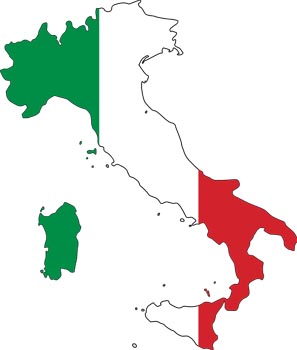Christian Chavagneux challenges the assumptions behind Macron’s drive to downsize France’s public sector.
On 16 October, at the end of his meeting with the public service unions, the Minister of Action and Public Accounts, Gérald Darmanin, said he had already met them 37 times since taking office. The dialogue exists, but it is mostly a dialogue of the deaf! Because the government’s position towards public servants boils down to three assertions: there are too many of them, they are too expensive and they are off work sick too often.
Too many ?
French president Emmanuel Macron has promised to reduce the number of public servants by 120,000. Does France have too many compared to other countries? According to calculations by Xavier Timbeau, of the OFCE, if we consider all people offering public services, whatever their status, France counts 126 “civil servants” per 1,000 inhabitants, the same as Germany, the United Kingdom or Canada, but less than the United States.
Cutting the workforce will not be easy: in health, education and security (police, gendarmerie) sectors, they are short of staff, and represent 60% of the total 5.65 million public officials. While local government has experienced strong job growth since the early 2000s (more than a third or so), administrative staff account for only 20% of the total. And the French population is increasing.
Too highly paid?
On pay, in 2015, local government employees received an average of 1,890 euros net a month, 2,240 in health and 2,490 for a civil servant, compared to 2,250 euros in the private sector. A close level while it should be noted that public servants tend to be older and proportionately more are white-collar / managerial. The freezing in indexation of wages between 2010 and 2016 caused them to lose purchasing power and the two increases of 0.6% at the end of 2016 and the beginning of 2017 represent only a slight catch-up. Since the peak of 1977, when it represented 27.5% of public expenditure, the share of salaries of public servants has steadily decreased to reach 23% in 2016. Public officials now seem purely considered as a cost to cut.
Too protected?
Not all public servants have the protected status of civil servant: 17% are contract workers, 4% on state-subsidized contracts and 7% with special status (for example, a doctor…). To calculate their pension, their last six months of wages are taken into account, against the twenty-five best years in the private sector. But this calculation does not take into account allowances or premia, which represent on average a quarter of salaries (from 5% for school teachers to 45% for management senior positions in the civil service).
Too many sickies?
Finally, are public servants skivers, requiring the resintatement of the first unpaid day of sick leave, as desired by the government? In 2016, the number of employees absent at least one day during a week was 4% in the public service, against 3.8% in the private sector. With significant variations: 3% for civil servants; 4.7% in the health sector, which is understaffed; and 5.1% in local government, with atypical work patterns and tensions with the public. The Ayming barometer on absenteeism puts the rate at 4.6% in the private sector, 5% in the health sector and 5.5% in services, signs of difficult jobs in all sectors. To stigmatize public servants is to evade the question of substance: which public services, transferred to the private sector, would be more effective?
Translation by Revolting Europe
Source: Alternatives Economiques
Christian Chavagneux is a doctor in economics, graduate from the London School of Economics, a specialist in macroeconomics and columnist at Alternatives Economiques.





Discussion
No comments yet.